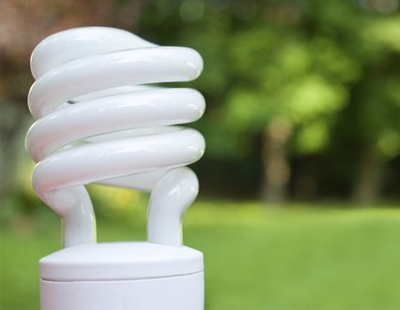At the risk of mixing my metaphors, any mention of energy has become something of a blue touch paper in the trade press of late.
The most incendiary responses to stories about ‘green’ mortgages, or proposed changes to minimum EPC levels in the rental sector, or local council campaigns to push greater energy efficiency, have come from landlords.
That’s not surprising as it is the viability of their properties (and often their livelihoods) most at risk from radical changes required to the energy efficiency of homes, most of which were constructed in the past century or even earlier.
I’m not seeking to lower the alarm that’s justifiably felt amongst the rental community, but when it comes to energy there is a more imminent threat to one aspect of the housing market - and so far it’s won little attention.
Next month will see an announcement about an expected change to the energy price cap in the UK; it is then likely that the increases ‘permitted’ by the higher cap will be introduced in April; as with all energy-related costs, the impact to the consumer will be most keenly felt in the autumn and winter.
The price cap works like this.
It’s a maximum amount that energy suppliers can charge for gas or electricity per kilowatt hour, and integrated into it is a standing charge that covers getting that energy to your home - whether you’re in the middle of a city or in the middle of nowhere.
Just as with the Bank of England base rate and mortgages, a price cap change has most effect on domestic households using variable rate tariffs. It isn’t a cap on bills but it is a cap on the unit cost.
So if a home is especially draughty, for example, or if spring turns out to be unseasonably chilly, people will use more energy - and the higher capped unit charges will be reflected in higher bills.
So what, you may say? And so what in relation to the housing market?
Here’s the thing: it is thought that this year’s price cap change is very possibly going to add 50 per cent (no, not an error - 50 per cent) to the cost of some household energy bills.
And unlike, say, increased tax on alcohol or tobacco at Budget time, and unlike the recent removal of the £20 pandemic boost to Universal Credit, any change to the energy cap will be felt by everyone - not a subset of the population, but just about the whole population.
Every household, bar none, will be likely to see some increases - and even those impacted with less jaw-dropping rises than 50 per cent will still see noticeably higher energy bills.
Now, perhaps, you see my point.
Whereas inflation so far has had little impact on the psychology of house buyers, because it’s been considered as selective on certain items affecting only certain people, the change to the energy price cap will have a national all-households impact.
And while interest rate rises actually have less impact on the housing market than many believe (half of all homes are owned outright without mortgages, and of the rest around three quarters have fixed rate mortgage deals) the energy cap will be felt by all.
At the risk of mixing more metaphors, the energy cap change means the mood music regarding the economy - already relatively fragile - is likely to get a big hit.
I’m not trying to dampen enthusiasm for the 2022 housing market here (there’s every sign that it’s going to be almost as strong as 2021 for some months to come); but I am trying to say that while we all pay attention to property demand and supply, to stamp duty and to interest rates, the biggest threat to the stability of the housing market may lie without.
In other words, if energy bills rise by up to 50 per cent, are a million or more households still going to want to move home?
*Editor of Estate Agent Today, Letting Agent Today and Landlord Today, Graham can be found tweeting about all things property at @PropertyJourn














.png)


.png)



Join the conversation
Be the first to comment (please use the comment box below)
Please login to comment